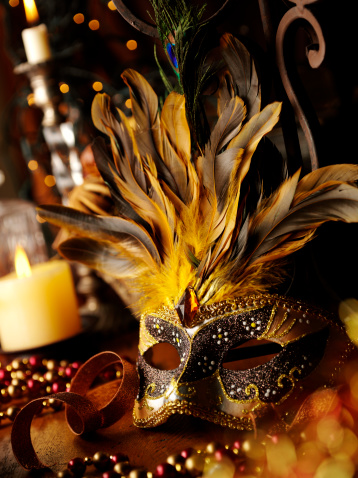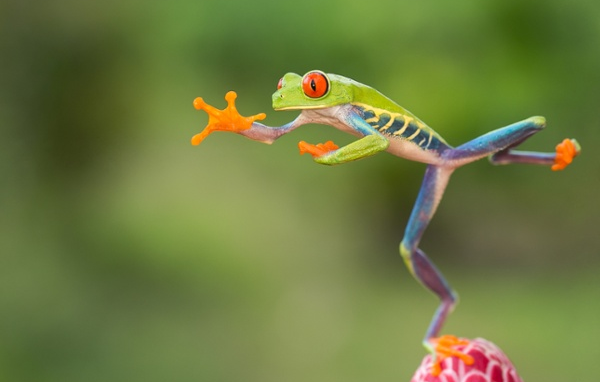The History of Mardi Gras: More Than Just Colorful Beads
 Mardi Gras is primarily thought of as a time to party and get crazy in New Orleans. The holiday conjures up images of huge parties on Bourbon Street, strewn with purple, yellow, and green beads. There’s more to this holiday than drinks, parades, and creative masks. Translated from French to “Fat Tuesday” in English, Mardi Gras is based on history and traditions, both old and new. Here are a few things to know about this holiday before you go crazy with your parties this evening!
Mardi Gras is primarily thought of as a time to party and get crazy in New Orleans. The holiday conjures up images of huge parties on Bourbon Street, strewn with purple, yellow, and green beads. There’s more to this holiday than drinks, parades, and creative masks. Translated from French to “Fat Tuesday” in English, Mardi Gras is based on history and traditions, both old and new. Here are a few things to know about this holiday before you go crazy with your parties this evening!
Fat Tuesday and Ash Wednesday
As many people know, Ash Wednesday is a religious day that recognizes the first day of the forty days of Lent. Lent is traditionally a time to abstain, as Catholics don’t eat meat on Fridays during Lent, and many people of Christianity give up sweets, chocolate, bread, or other treats. Fat Tuesday is the day many people get their fill of the soon-to-be forbidden treats, and in the U.K. this day is sometimes called Pancake Day. (Might we suggest a tool for that?) Others choose to confess their sins on the day before Ash Wednesday, which is why it is sometimes called “Shrove Tuesday.” (From the word shrive, which means to confess.) This last chance for outrageous behavior is contributes to the crazy partying of Mardi Gras.
Celebrate in style with traditional Mardi Gras treats and New Orleans cuisine:
- King Cake
- Andouille Gumbo or Jambalaya
- Shrimp Po’ Boy Sandwich
- Crawfish Etouffée
Mistick Krewe
The Roman Catholic Creole community put on the original carnival celebrations, but the parades were poorly organized, and primarily confined to the Catholic Creole community. In 1856, business owners of New Orleans got together to create the Mistick Krewe of Comus, which put on highly organized, and sometimes-elegant celebrations for carnival season. Legend has it that the invitations to Comus festivities, including the ball, were highly guarded secrets, and may have contributed to the tradition of wearing masks at the Mardi Gras parades.
Colorful Beads
The story behind the colorful beads all started with Rex, the King of the first carnival in 1872. He chose the royal colors for the celebration (legend has it that he was actually Russian royalty), with purple representing justice, green for faith, and gold for power. Apparently the idea was for people on parades to throw the beads to those who resembled these traits. The original beads were made of glass, which wasn’t very conducive to throwing, but today’s loot consists of plastic beads and coins in varying colors. Green, purple, and gold are still essential to Mardi Gras celebrations.
Mardi Gras Masks
What Mardi Gras celebration would be complete without colorful and creative masks? Masks offered individuals the opportunity to truly enjoy themselves without class constraints; for a couple of days they could be whoever they wanted to be. The tradition continues today, and all who attend the parades show up in highly decorated masks.
Torch Throwers
Finally, you might notice very talented flamethrowers leading the parade floats, which you might consider a more modern addition. However, those traditional torches were simply a way to light the streets so the revelers could enjoy the parades and festivities after dark. Attendees would often throw coins to the torchbearers in appreciation.









